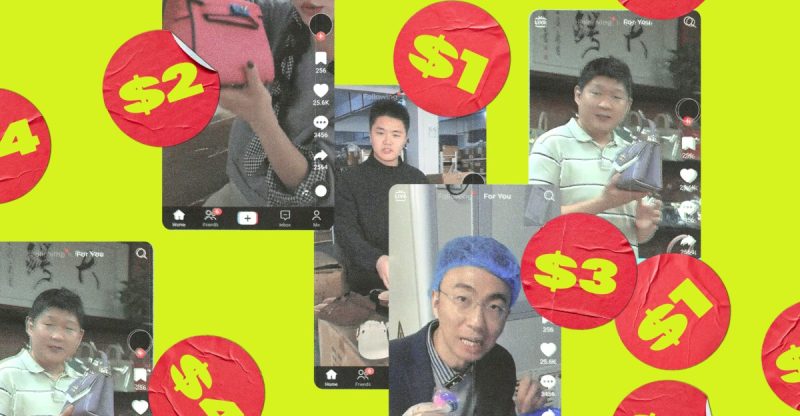
On TikTok, a new trend has emerged: videos showcasing Chinese factories producing seemingly identical copies of popular American brands at drastically reduced prices. These videos, often featuring upbeat music and English narration, directly target American consumers, capitalizing on anxieties surrounding tariffs and economic uncertainty.
One particularly popular video featured shoes strikingly similar to Birkenstock’s Boston model, offered for a mere $10 a pair compared to the original $165 price tag. Millions viewed this video before its removal from the platform. Such videos tap into a prevailing sentiment among Americans – a growing awareness of China’s significant role in global manufacturing, fueled by the economic policies of the Trump administration and its imposition of substantial tariffs on Chinese goods.
However, a closer look reveals a less straightforward reality. The purported “Birkenstock factory” TikTok account links to an AliExpress storefront selling shoes that, while visually resembling Birkenstocks, feature different branding (Kidmi or no brand at all), sole designs, and buckles. These are clear imitations, not authentic Birkenstocks, highlighting the deceptive nature of some of these viral videos.
This isn’t limited to footwear. Videos showcasing knock-off luxury handbags, such as Hermès and Louis Vuitton, are equally prevalent. One video shows a woman surrounded by piles of counterfeit luxury bags, emphasizing the sheer volume of these imitations available at incredibly low prices. The allure of a $2 Hermès bag, a stark contrast to the real thing’s tens of thousands of dollars price point, speaks to a certain level of consumer desperation and a disconnect from the actual production cost of goods.
The high tariffs imposed by the Trump administration ironically inflate the final cost of these imitation goods. Shipping multiple counterfeit items directly to consumers results in significant tariff charges, potentially rendering these “deals” less attractive than purchasing genuine secondhand goods. This fact seems to be overlooked in the excitement surrounding these purported bargains.
Beyond the individual consumer, the broader implications are noteworthy. These TikTok videos, regardless of whether consumers ultimately purchase these goods, subtly advance China’s economic and soft power interests. As American influence wanes in certain global spheres, China seems to be filling the void, fostering a perception of itself as a source of affordable goods and potentially even encouraging tourism to China for direct purchasing.
The irony is not lost on many viewers. Some have even joked about TikTok’s algorithm seemingly prioritizing these factory videos, playfully suggesting a shift to Chinese servers. The prevalence and success of these videos highlight a complex interplay between consumer anxieties, economic policies, and the power of social media marketing in the global marketplace.










